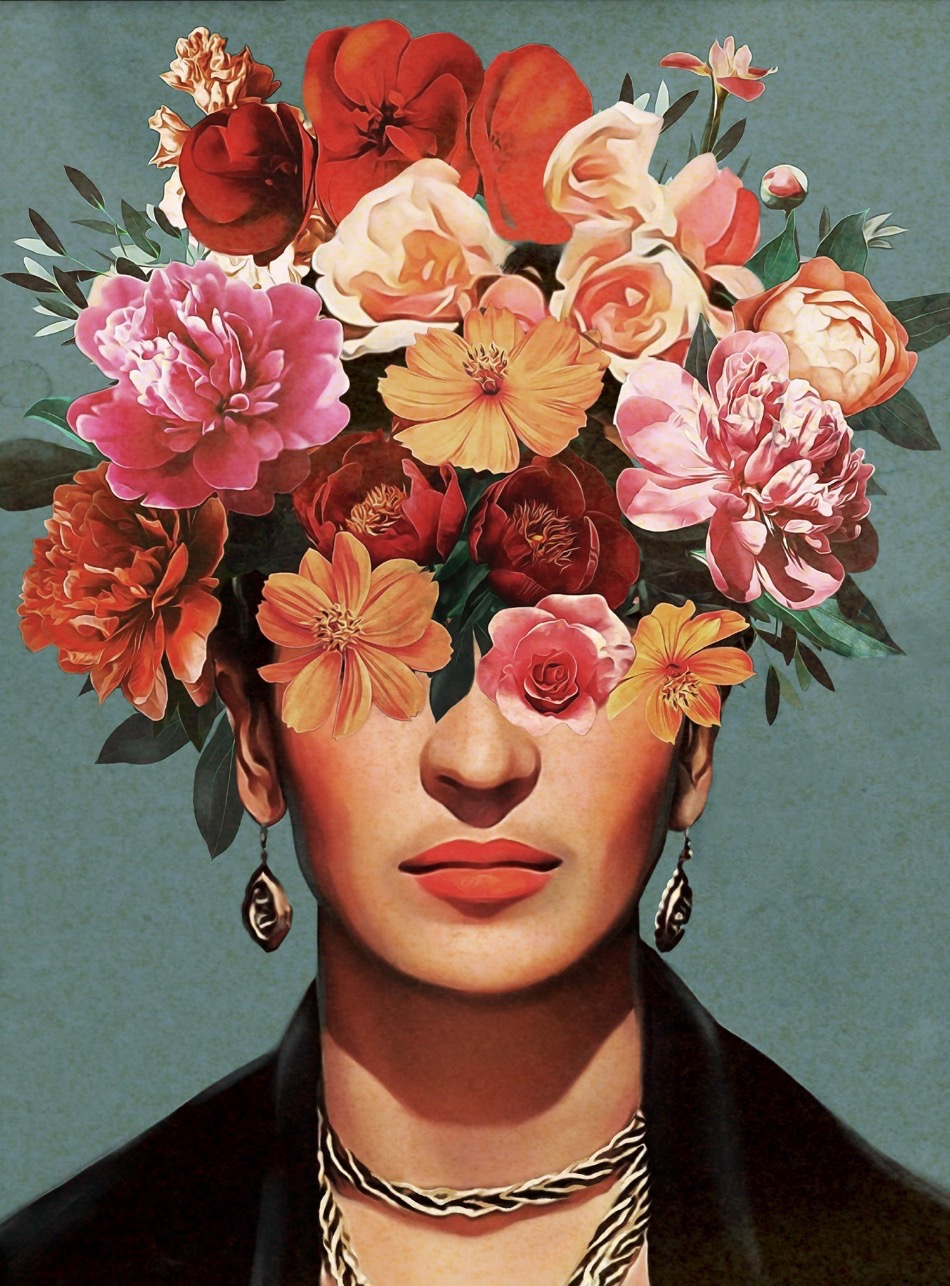Nella perla della Thailandia
Una location da sogno, sull’isola di Phuket, è stata quella scelta da Marcolin per incontrare clienti e partner dell’area Middle East in occasione dei tradizionali Summer Buying Days 2024. Cinque giorni per rinsaldare le relazioni in un contesto meno istituzionale e conoscere le nuove collezioni. Ma anche per concedersi un’immersione nei colori e nei profumi nella cultura Thai, all’interno degli accoglienti spazi del Pullman Resort Arcadia Naithon Beach, tra spettacoli di danze tradizionali e una cena di gala che ha permesso di gustare i migliori piatti della cucina locale.

Un legame consolidato
Per Marcolin, che nell’area Middle East è presente dal 2017 in Joint Venture con Rivoli Group, partner leader per gli accessori di lusso, queste giornate sono state l’occasione per parlare di nuovi obiettivi aziendali, dare tutte le informazioni circa il nuovo portfolio e presentare le collezioni del prossimo anno. Tante nuove linee frutto di un lungo lavoro di ricerca e innovazione, proprio le qualità che, insieme alla capacità di rispondere alle necessità dei clienti con servizi adeguati, sono tra quelle più apprezzate dell’azienda di Longarone.

La parola ai clienti
Lo confermano i pareri che sono stati raccolti nel corso dei Summer Buying Days 2024 di Phuket. Tutti hanno dichiarato di apprezzare il portfolio molto vario, ma chi lavora con Marcolin da un po’ di tempo, ama soprattutto raccontare di aver visto il rapporto professionale trasformarsi in amicizia. Una cosa che, evidentemente, a certi livelli non accade di frequente.


